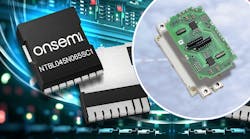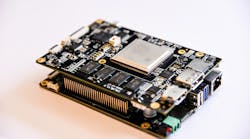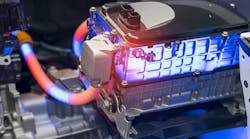Although cars have enjoyed a long and rich history dating back to the late 1800s, electronics arrived relatively late to the party, only becoming an integral part of the automotive world in recent decades. Today, automotive companies fiercely compete not only with each other, but also with the latest and greatest technology.
However, it’s tough for CPU- and GPU-based electronic control units (ECUs) to keep up with consumer electronics, due to long chip-development cycles and the rigorous standards of reliability and quality applied to the automotive industry. The automotive industry is using increasingly complex electronic systems to offer better security and efficiency to the driver. Field-programmable gate arrays (FPGAs) can play an important role in filling this gap by providing state-of-the-art performance and flexibility to system architects to customize their projects with a flexible (programmable) electronic circuit structure.
One goal in automotive design is to reduce the total number of ECUs, because they raise the total cost of the vehicle. Thanks to the latest FPGA advances, it’s now possible to combine electronic components within a vehicle more intelligently. For instance, implementing a purely CPU-based architecture is still a challenge. However, one possible solution being bandied about is a hybrid approach that combines CPUs and GPUs with an FPGA SoC.
In the meantime, FPGAs are creating opportunities for automotive OEMs and suppliers to more efficiently build innovative safety applications, such as adaptive cruise control, driver assistance, collision avoidance, and blind-spot warning(Fig. 1). As the name suggests, driver assistance includes features such as reversing cameras, surround-view cameras, lane-departure warning systems, and pedestrian detection.








